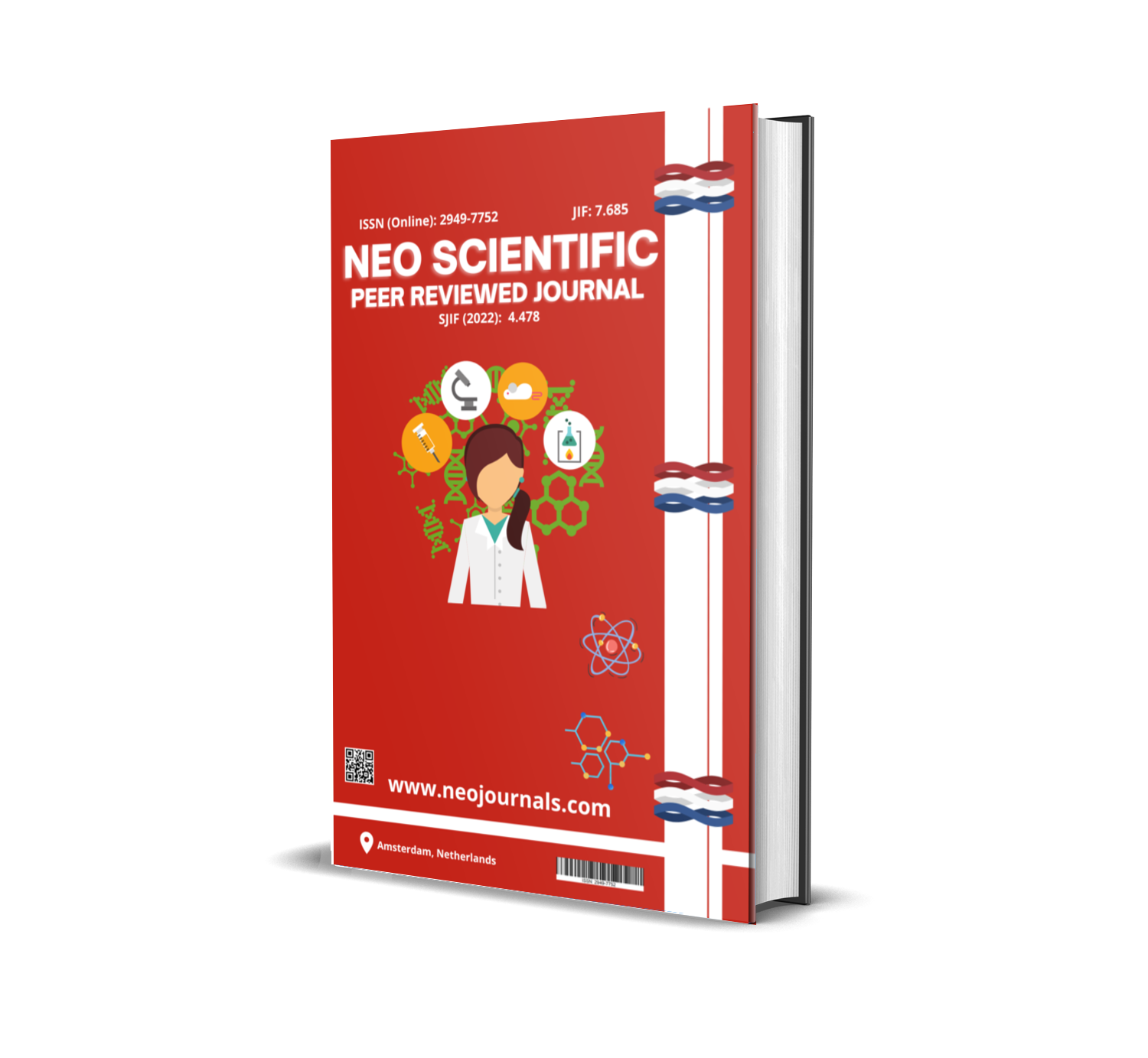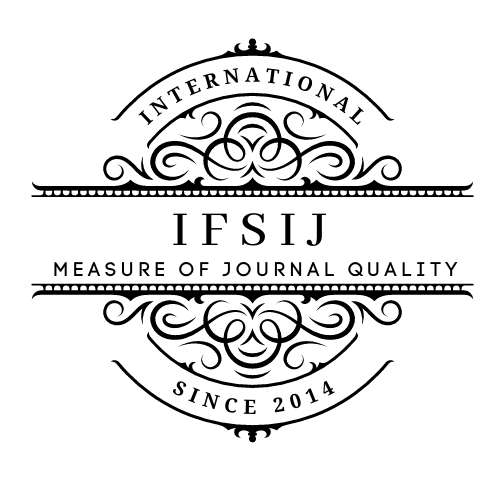SEDIMENTATION PROCESSES IN RESERVOIRS AND THEIR IMPACT ON DAM SAFETY AND WATER RESOURCE SUSTAINABILITY
Keywords:
Reservoir sedimentation, dam safety, sediment transport, water resource sustainability, sediment management, flushing, hydrological modeling, erosion controlAbstract
Sedimentation in reservoirs poses a significant challenge to the longevity and functionality of dam infrastructure worldwide. This research paper investigates the dynamic processes of sediment deposition in reservoirs, emphasizing their direct and indirect impacts on dam safety, reservoir capacity, and long-term water resource sustainability. The study integrates hydrological modeling, sediment transport theory, field data analysis, and international case studies to assess sedimentation patterns and accumulation rates under diverse climatic and geographical conditions. Special attention is given to the Central Asian context, particularly Uzbekistan, where sediment management is critical due to high sediment yield and limited water storage. The paper highlights the implications of sedimentation for dam structural integrity, turbine efficiency, flood control, and irrigation reliability. Furthermore, it explores advanced sediment management strategies, including sediment bypass systems, dredging, flushing, and watershed erosion control. The research concludes with a set of engineering and policy recommendations aimed at optimizing reservoir operation and maintaining long-term sustainability. The findings are expected to inform dam design, retrofitting, and sediment monitoring programs, contributing to safer and more resilient hydraulic infrastructure.
Downloads
Published
Issue
Section
License

This work is licensed under a Creative Commons Attribution-NonCommercial 4.0 International License.







